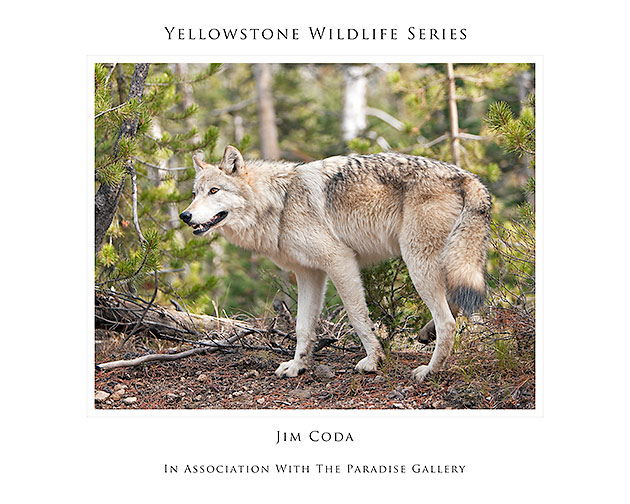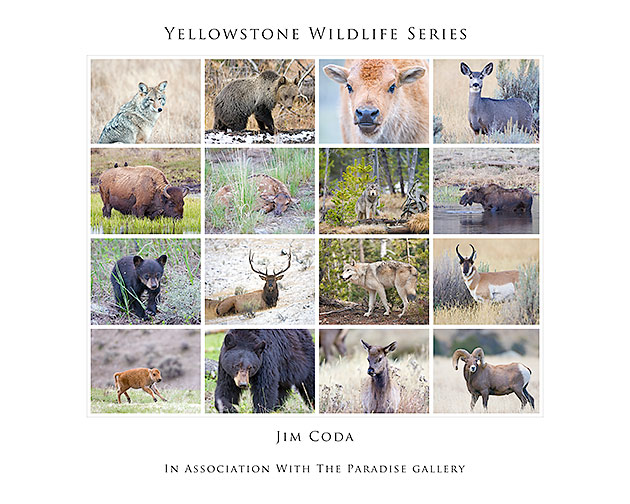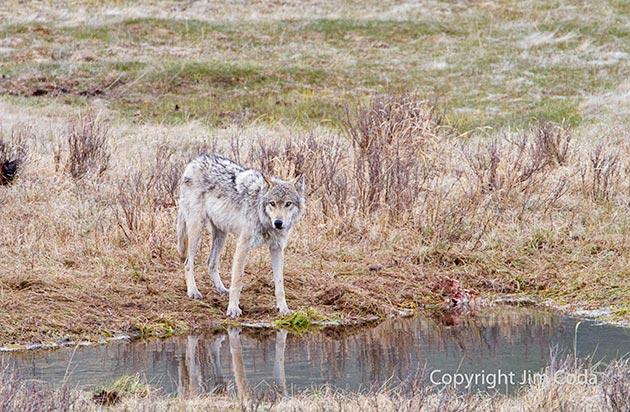Killing Black Bears and Selling Their Gall Bladders

Recently I wrote that the elk are dropping their antlers in Point Reyes National Seashore and the Park Service is busy picking up the antlers before the antler traders find them and remove them (which is illegal). I mentioned that while bad enough, at least the antler thieves don’t kill the elk for the body parts as happens with animals such as bears, tigers and elephants. The next day I opened my local paper to learn that someone in my city, which is located not more than 30 miles from San Francisco, was arrested while poaching a black bear in the Mendocino National Forest. More black bear parts, namely a head, five paws, a penis and gall bladder, were in his freezer at home. According to the article, black bear gall bladders sell for $5,000 on the black market. A bad as these killings are, the real problem is the demand by some in the Asian community for bear and tiger parts for their supposed value as aphrodisiacs. Tigers are nearing extinction due to this demand. I wonder if there has ever been any study to support or refute this belief.











